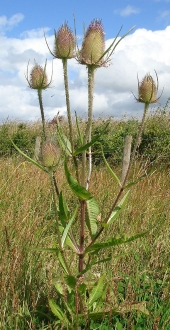
 2
2










 1
1




Hans Albert Quistorff, LMT projects on permies Hans Massage Qberry Farm magnet therapy gmail hquistorff




Owner, Crown Bees
Think outside the hive, raise native bees




Learn permaculture beekeeping from your home! You can find it here at :
organiclifeguru.com/course/beekeeping-101-organic-natural-traditional/









 1
1




Order copies of my book, Dairy Farming: The Beautiful Way at
www.createspace.com
Help spread the word! Thanks!
struggle - hustle - soul - desire





















| I agree. Here's the link: https://woodheat.net |


